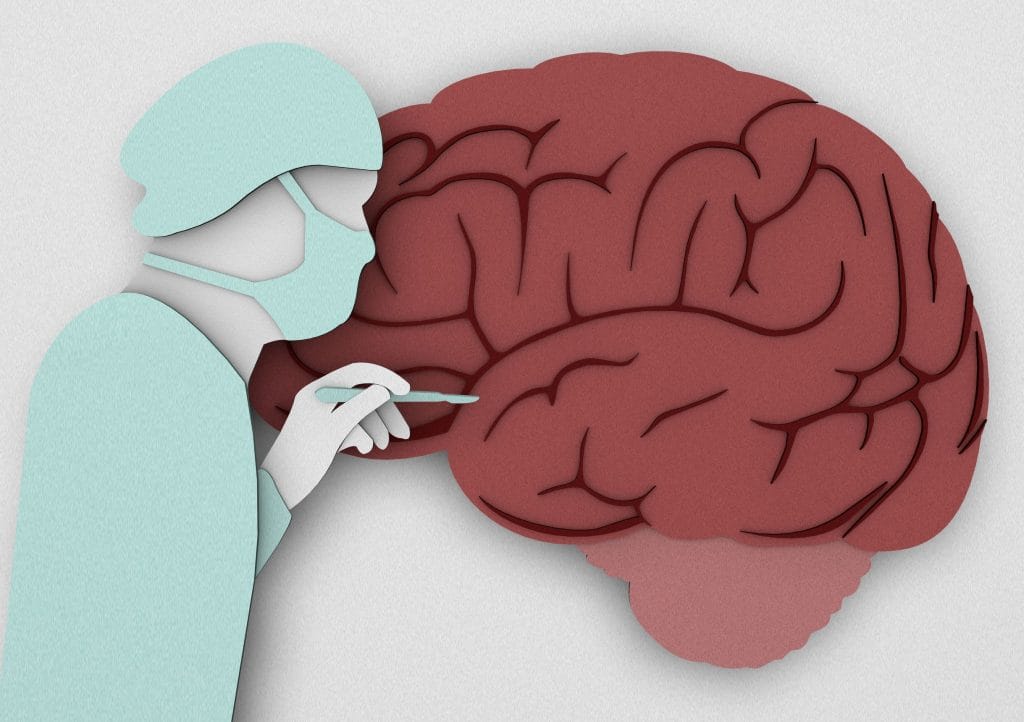Survival rates for those with glioblastomas — an aggressive form of brain tumour — in India are dismal. Those who develop them have been documented as surviving, at most, fourteen months.
 The study presenting these survival rates — conducted by the Institute of Neurosciences based in Gurgaon — appear doubtful that a cure is in the pipeline for the near future. “Achieving complete cure of malignant gliomas has been the Holy Grail of neurosurgeons across the world,” says the study.
The study presenting these survival rates — conducted by the Institute of Neurosciences based in Gurgaon — appear doubtful that a cure is in the pipeline for the near future. “Achieving complete cure of malignant gliomas has been the Holy Grail of neurosurgeons across the world,” says the study.
An apparent Achilles heel of this lethal form of brain tumour may have been found, according to researchers at the University of Helsinki in Finland. The method used for this crucial find was gene therapy.
Inhibition of the gene responsible for the production of this protein was found to not only reduce the capacity of glioblastoma cells to proliferate and invade surrounding tissue, but was also able to kill the cells.
Cells lacking the MDGI protein show an instability in an organelle of the cell called a lysosome. Lysosomes are structures within the cytoplasm of the cell that contain degradative enzymes, these enzymes are responsible for the digestion of food particles, encompassed viruses or bacteria, as well as recycling other cellular components.
Removing the MDGI protein causes the cell membrane of the lysosome to become unstable, allowing the digestive enzymes usually safely contained within the organelle to spill into the main body of the cell. This process eventually results in cell death.
One consistent issue in treating any condition originating within the brain is the blood-brain barrier. This barrier tightly restricts and incoming or outgoing chemicals, protecting the brain from any unwanted chemicals that could disrupt neuronal function. The barrier also restricts forms of medication that would otherwise work in other areas of the body from entering.
The study mediated the crossing of drugs over the blood-brain barrier by using an antihistamine known as clemastine. The combination of these medications was found to be safe for non-tumour cells at a concentration that both allowed passage across the barrier as well as the resultant cell death of glioblastoma cells.
Though the work on genetic targeting of glioblastomas is in its initial phases, it offers a degree of hope in a field that is otherwise missing any considerable breakthroughs that could offer a cure to those with this aggressive form of brain tumour.

